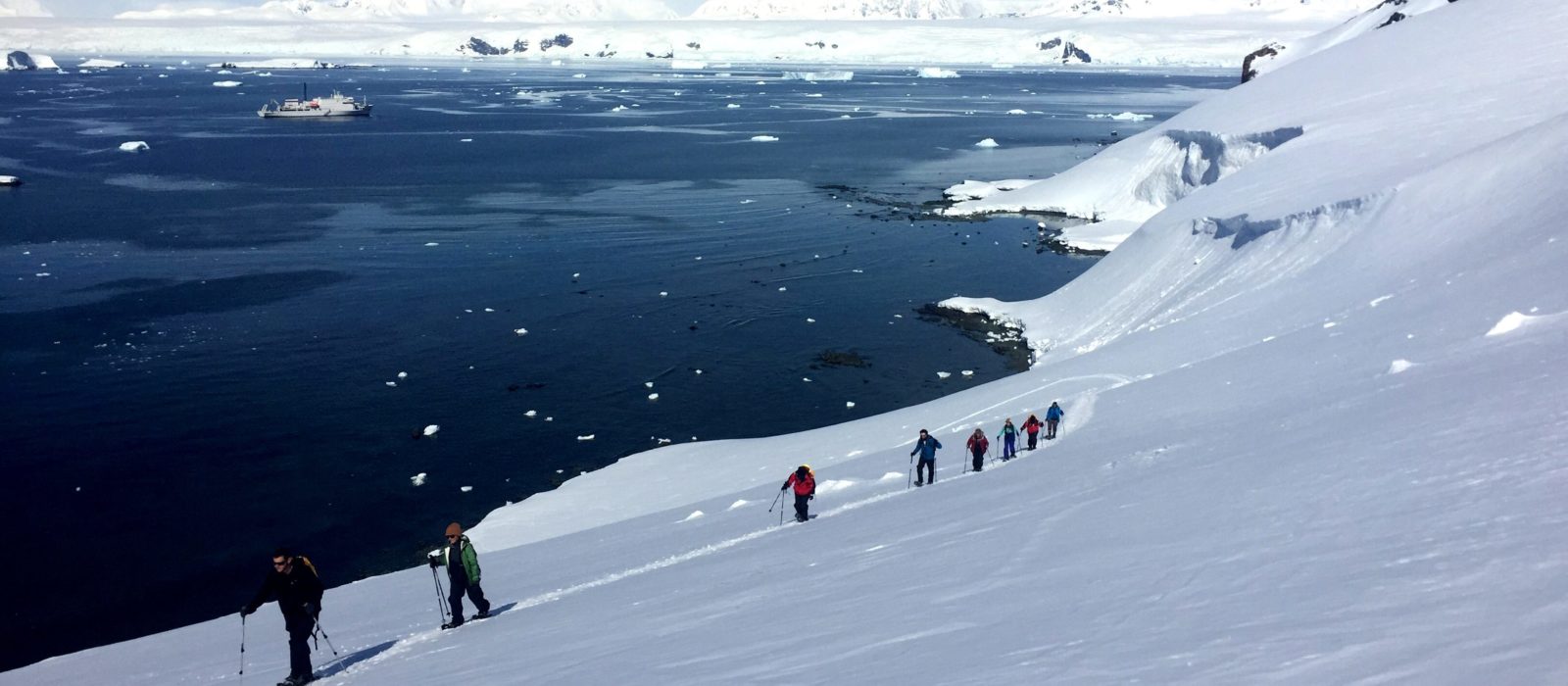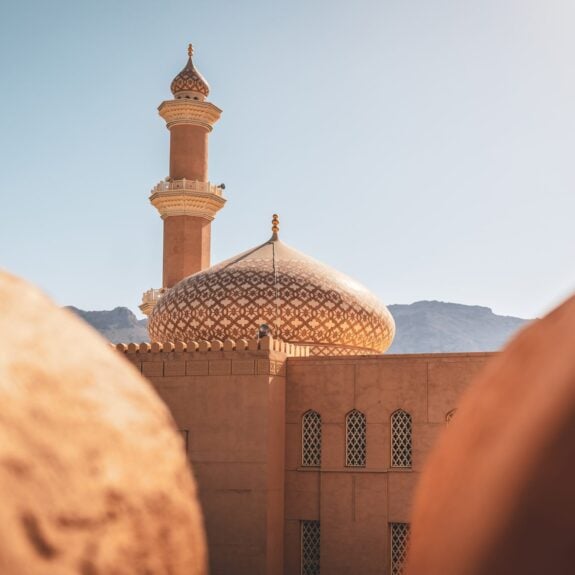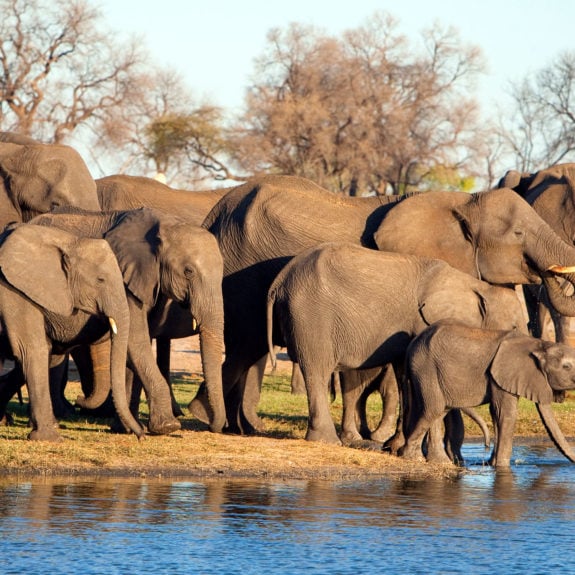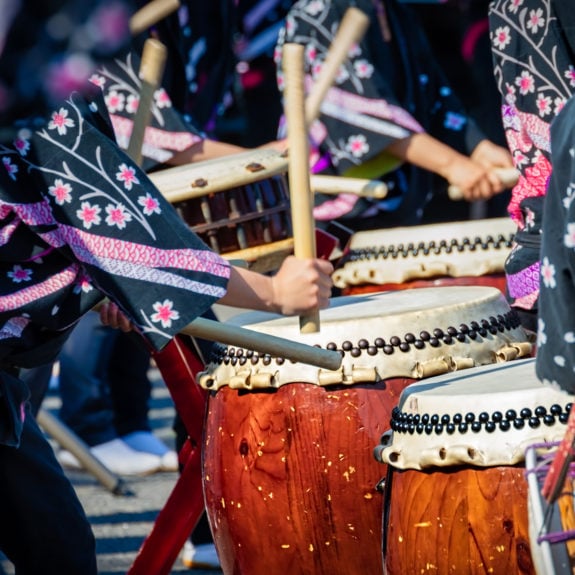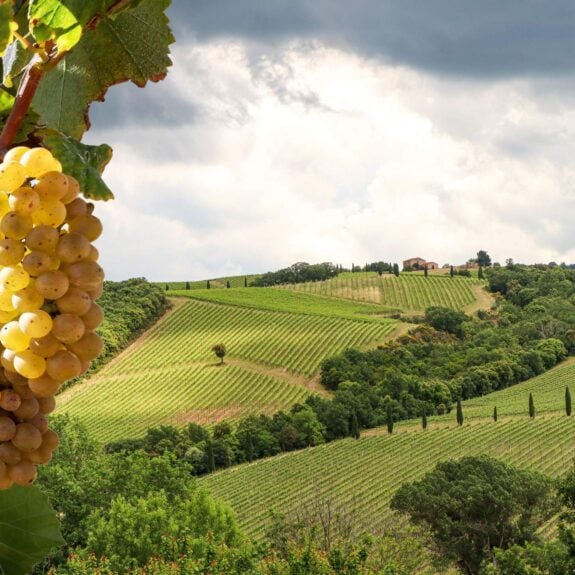Published on: May 8th, 2017
Last updated: January 21st, 2022
Travelling to Antarctica is a trip like no other, so it stands to reason that would-be explorers will have a lot of questions. Polar and Latin America travel designer, George Warren, recently journeyed to the great White Continent. Here he answers some of the most frequently asked questions.
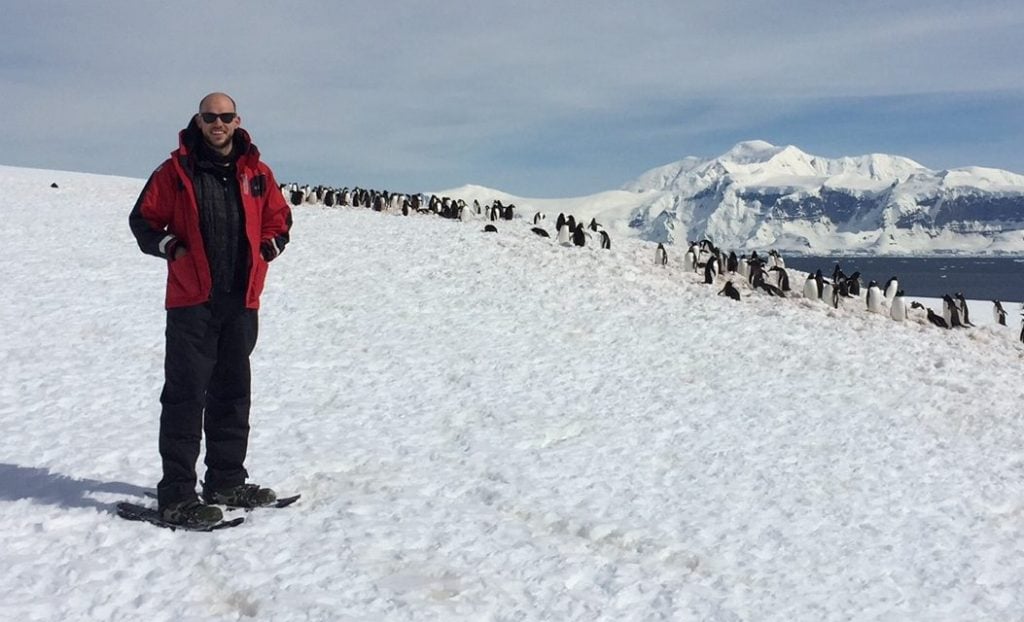
How bad is the Drake’s Passage?
For me, it wasn’t as bad as I had expected. Of course, there are times when it is very rough – known as the ‘Drake Shake’ – but it can also be placid – the ‘Drake Lake’.
There were anti-seasickness patches available on board, which I used on both journeys. During the crossing, I spent my time attending lectures on board and getting to know my fellow explorers. It was a great time to prepare for the animals and the history of the continent with some reading.
There were lots of different types of birds and whales for company along the crossing, including albatrosses and a blue whale. Seeing the first penguin and the first iceberg were very special moments.
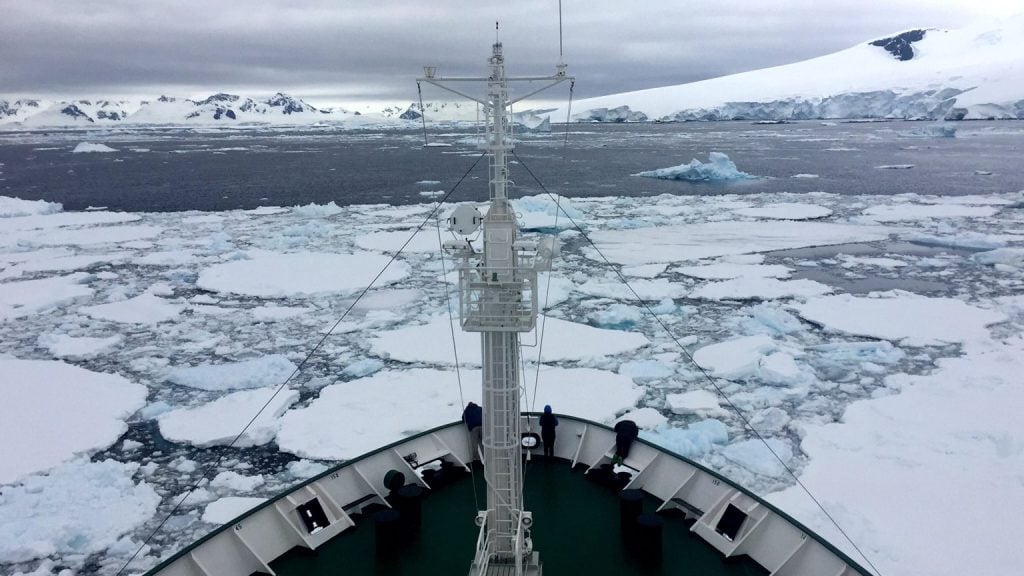
What can we do to best prepare ourselves for it?
It’s a good idea to limit your alcohol intake during the crossing. Get plenty of rest and drink lots of water.
My advice would be to take it all with a smile. You’re travelling about 1,000 kilometres to get to the most remote, harshest part of the planet. More than seasick, I felt excited and exhilarated to be travelling such an intrepid and historic route to get to Antarctica.
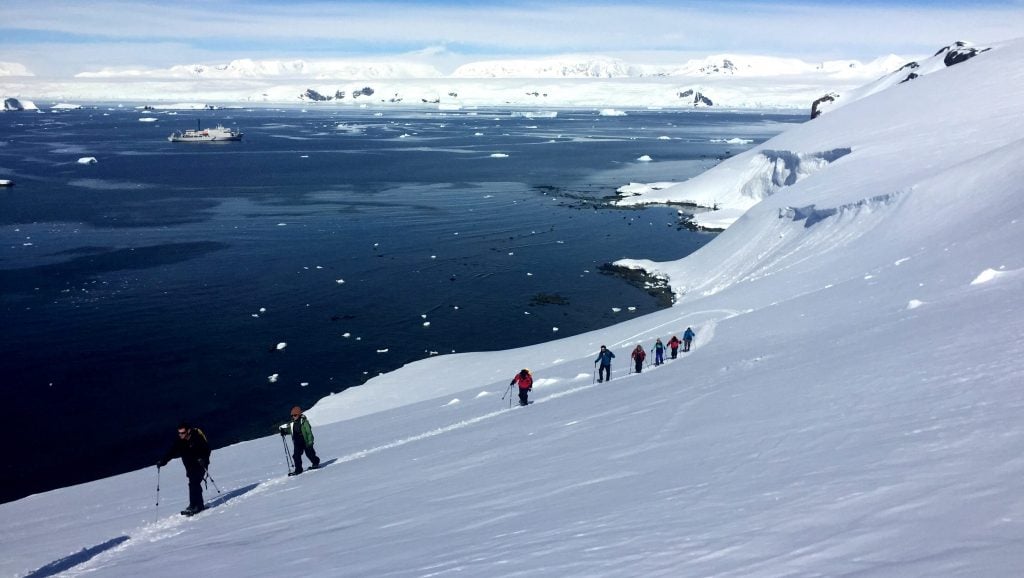
What are the benefits of flying vs sailing?
Taking a flight from southern Chile replaces a two-day journey by sea with a journey of a few hours by plane. For those with less time to spend or those prone to seasickness, it’s a great option.
Of course, like any journey there are risks of delays and cancellations. Safety is a top priority and if it’s not safe to fly, you can find yourself spending some more time in the city of Punta Arenas.
Another massive benefit of travelling from Punta Arenas is that you’re just a few hours away from Torres del Paine National Park in southern Chile. A few days there makes a wonderful addition to stretch the legs before or after Antarctica.
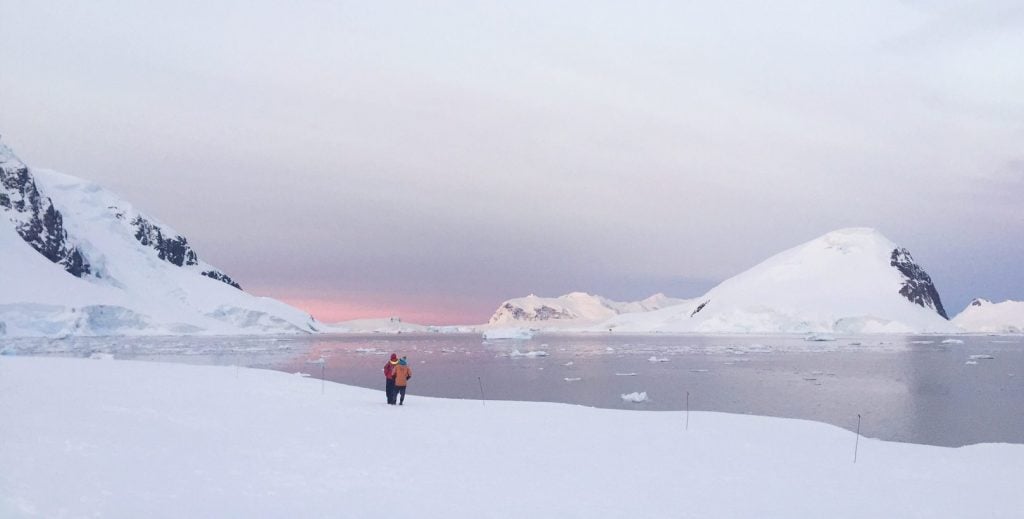
What did you enjoy most about sailing the Drake?
As awesome as the whales and the birds were along the crossing, the thing I enjoyed most was the camaraderie on board. There was a real buzz of excitement among the guests and the crew, building and building until we jumped into the zodiacs to set foot on the ice for the first time.
The lectures along the way gave a personal insight from the experts about the history and the wildlife of Antarctica. I even tried some yoga and some drawing on board.
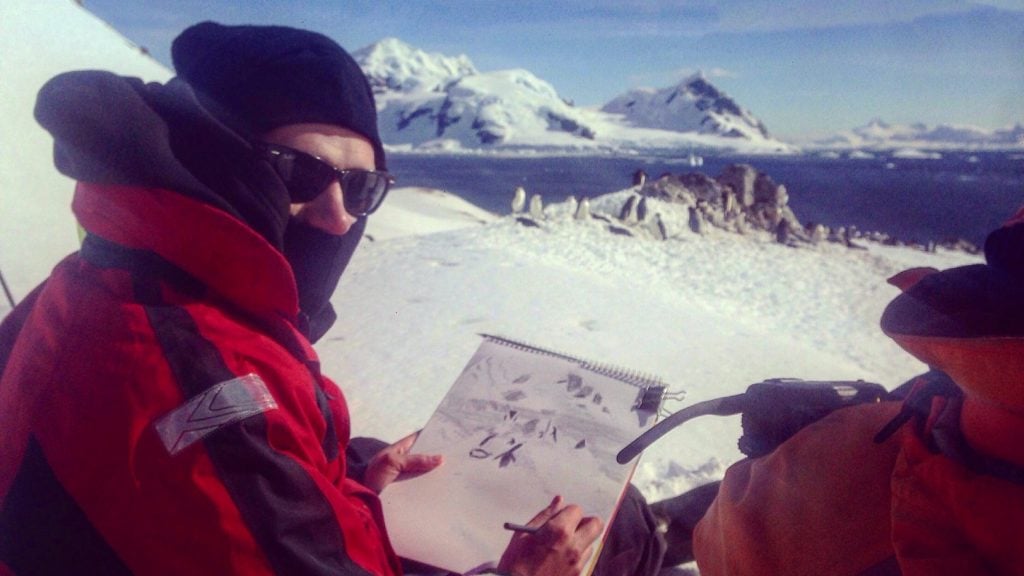
How cold was it?
It wasn’t as cold as I had thought! Most days I’d be taking excursions with a base layer and then the waterproof jacket. I opted to hike whenever possible, so having the peel-able layers really helped when huffing and puffing up a snow-covered mountain.
The coldest part of the trip was probably one of the zodiac excursions. On a cloudy day, this can be chilly as you’re mainly just sitting in the small boat, spotting leopard seals and penguins. Without moving around, it gets chilly – so it was good to have layered up for this and I was glad I brought a second pair of gloves.
One important piece of advice: because you’re travelling in summer, sun block and sunglasses are crucial pieces of kit. I’d take summer in Antarctica over winter in London any day of the week!

How comfortable was life on the ship?
Life on board was very comfortable. Each day, you fall into a really welcome routine, with a morning excursion after breakfast. Throughout the day, there is always so much going on – from lectures to wildlife spotting up on the bridge. Days are long and you sleep very, very well at night after all the excitement.
Being disconnected from phone signal and wi-fi for so long was a strange feeling, but it helped a lot of folks on board connect with each other, the guides and, of course, with Antarctica.
It was a very strange feeling setting foot back on land when we arrived back in Ushuaia. Seeing how pristine and fragile, but also how vast Antarctica was was a deeply profound experience. Infinitely worth the journey to get there.
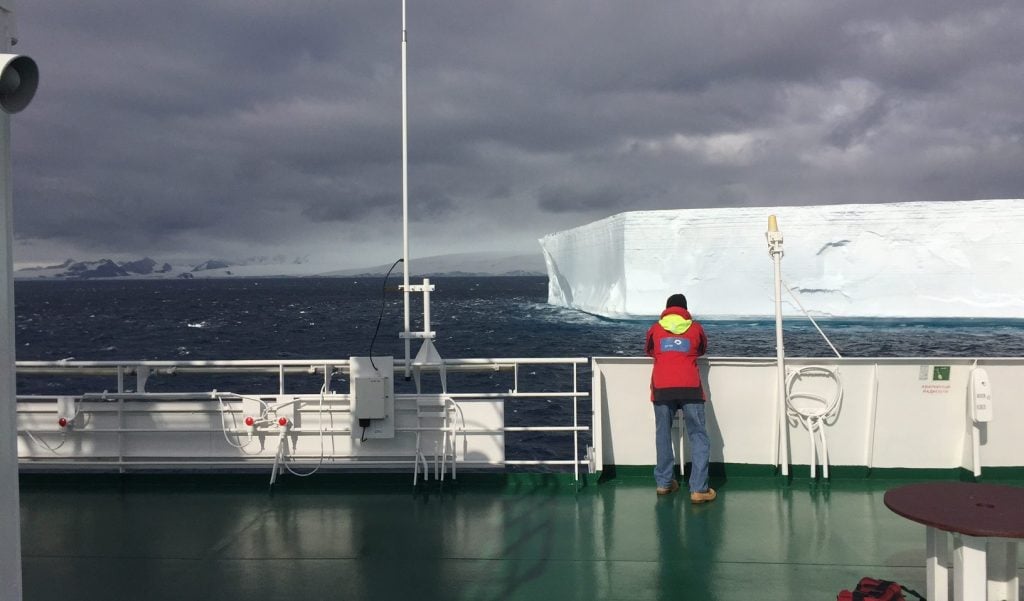
When is the best time to go?
I travelled in November, right at the start of the summer season. It’s a great time to visit if you like penguins, as they are returning south to build their nests and mate. This means that a lot of the continent is still covered in snow and ice, and it looks more pristine.
If you’re keen to focus on whales, then February and March are better months to visit, although some of the snow will have melted, and the penguins will be making their way north.
A popular time to visit is around December and January. You’re in the sweet spot here, with great weather, long days and a good variety of wildlife.
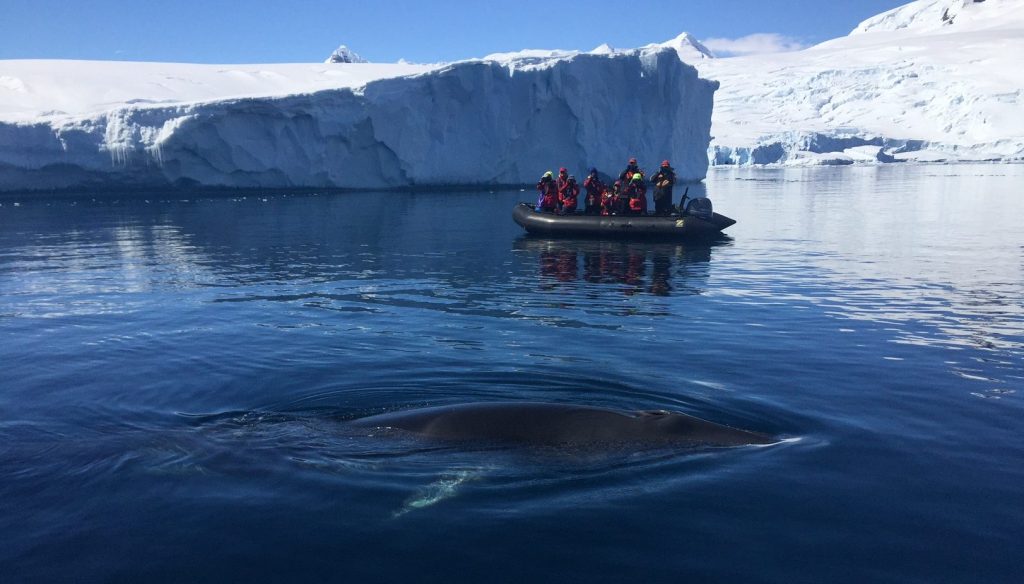
Is there anything you wish you’d packed?
My insider tip would be to bring a good closed-toe sandal for life on board. With all the steps and doors, it’s not suited to flip flops. A pair of Crocs or slippers make for comfortable wearing after a day of hiking, when you’re heading down for a cup of tea or a game of cards in the bar.
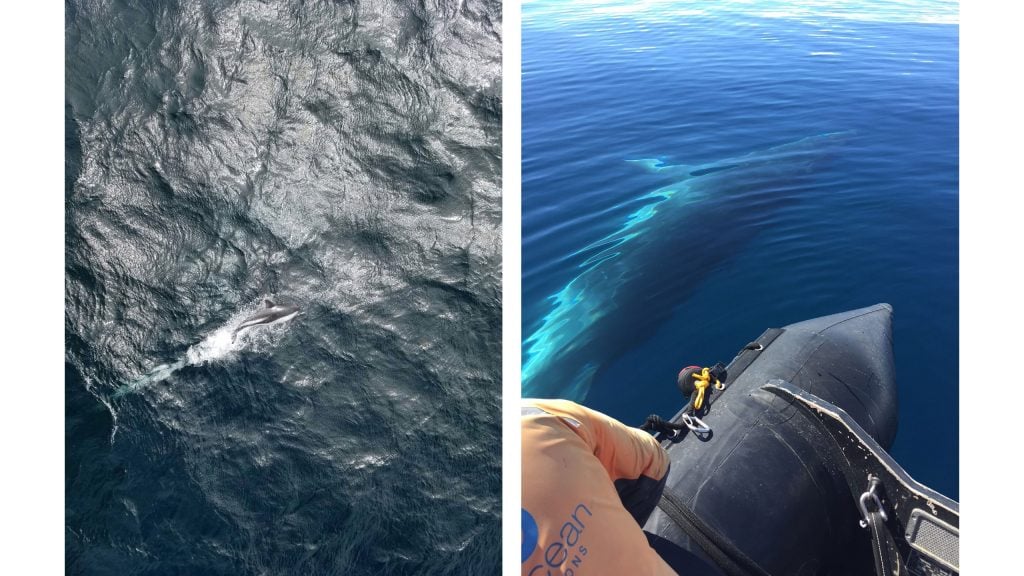
What was the biggest surprise?
The biggest surprise was spending a night camping on the ice. No tents. You just put on a lot of clothes, the crew give you a good sleeping bag and a shovel and you dig a little hole and spend the night under the stars.
Being so close to the pole, you’re spoiled with pink and orange sunsets. You can hear the sound of distant, rumbling avalanches and you wake up in the morning with seals paddling nearby and penguins waddling along to say hello. Not the most comfortable night’s sleep, but a very special experience!
Do you have a question I haven’t answered? For more information about travelling to Antarctica, please drop me a line.
Check out this video from my colleague Ciara’s trip to Antarctica:
